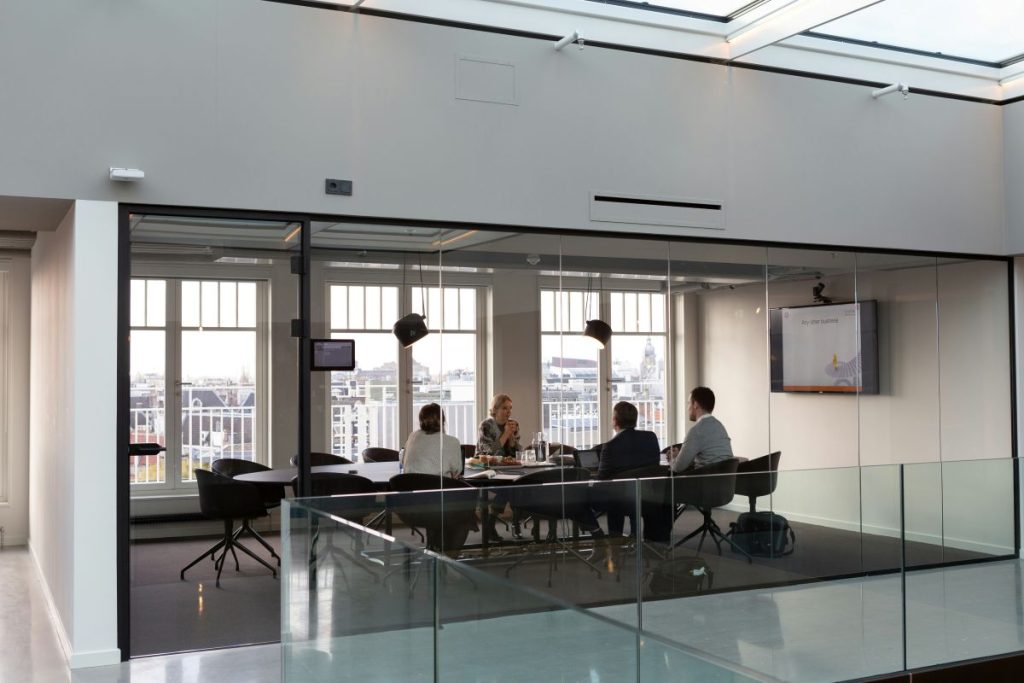New tariffs ranging from 10% to 46% will take effect in April, targeting key apparel-producing nations and raising the stakes for globally integrated manufacturers.
Apparel Sector Faces Significant Challenges
An analysis by the Yale Budget Lab indicates that the newly announced tariffs will disproportionately impact clothing and textiles, potentially leading to a 17% increase in consumer apparel prices. This is due in part to high tariff rates assigned to countries like Sri Lanka (44%), Bangladesh (37%), and Vietnam (46%)—all key suppliers to U.S. retailers. William Blair estimates that countries responsible for 85% of U.S. apparel imports will soon face an average tariff of 32%.
Julia Hughes, President of the United States Fashion Industry Association (USFIA), expressed deep concern: “These tariffs are a tax on American businesses and consumers. They threaten to drive up costs, limit product availability, and make it harder for companies to remain competitive in a global marketplace.”
Beyond apparel, economists are projecting price increases for cars, electronics, furniture, coffee, and chocolate. Moody’s Ratings analyst David Kamran added that U.S. ports could also be affected, facing disruptions to trade volumes and revenues as shipping routes shift and fees compound.
Strategic Adjustments Amid Tariff Uncertainty
Despite the sweeping scope of the new tariffs, supply chain leaders are unlikely to make sudden moves. Jim Kilpatrick, a partner at Deloitte specializing in supply chains, noted, “If we burden the cost of apparel and the U.S. doesn’t really have an interest in building an apparel industry, then the costs are going up.
The six-day gap between the April 3 announcement and the April 9 implementation of higher levies adds another layer of ambiguity. The delay could be a deliberate move by the Trump administration to invite last-minute negotiations, as seen previously with Mexico and Canada.
However, analysts remain cautious about the potential for meaningful concessions. Simon Rabinovitch of The Economist observed, “There might be some wiggle room, but the scope for negotiations is potentially more limited than people had expected.”
A Moment for Strategic Pause, Not Panic
While the headlines suggest urgency, many supply chain leaders will recognize this moment as one that calls for careful recalibration rather than reactive shifts. Existing inventories, long-term contracts, and established production networks provide a buffer—if not a solution. The more meaningful questions now center on how organizations want to balance cost, resilience, and geographic exposure over the long term. It’s not just about weathering the current tariffs—it’s about using this moment to test the flexibility and intent of your supply chain strategy.







